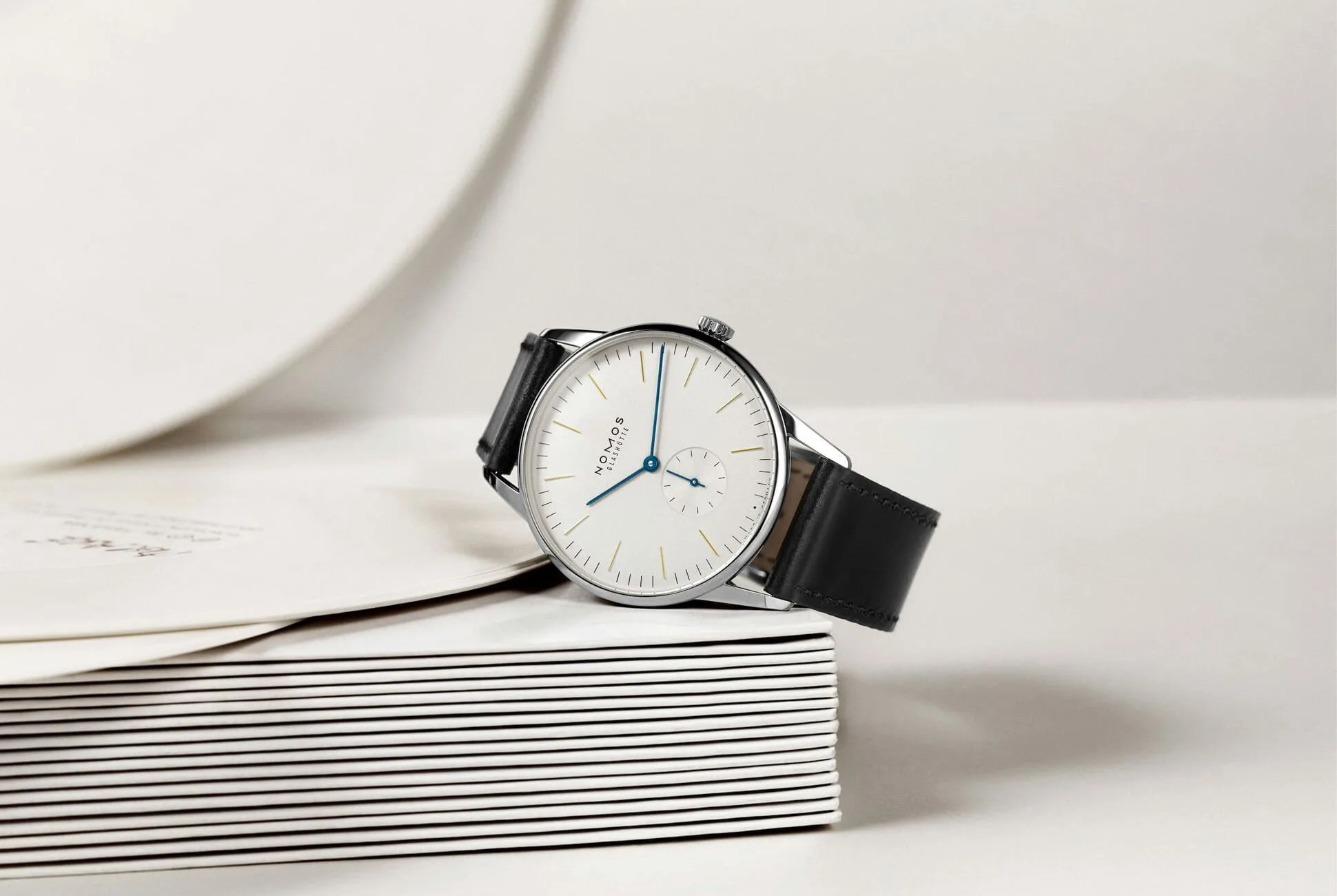From Issue Six of Gear Patrol Magazine.
Discounted domestic shipping + 15% off in the GP store for new subscribers.
If you’re going to buy a watch, there are several aspects worth considering. Movement. Style. Case material. Dial design. But not least of all is watch size, and there’s a bevy of options out there that range from tiny to gargantuan. You could buy a sleek Nomos dress watch that’s 35mm in diameter, a 40mm Rolex GMT, a 44mm Panerai dive watch or, if you really wanted to go big or go home, a 50mm Breitling Avenger. On paper, the millimeters between them might seem minuscule, but on the wrist the differences are striking.

In the grand scheme of the watch industry, this expansive offering of watch sizes is a relatively new phenomenon. “Forty years ago, no one made case sizes over thirty-six millimeters,” says David Lee, Head Curator for Eleven James, a service that leases out luxury watches. “There are a handful of exceptions like the IWC Portuguese and Audemars Piguet Royal Oak, but most were in that thirty-three-to-thirty-six-millimeter range.”
It’s a trend that continued into the ’90s, according to vintage watch retailer Eric Wind. “Even if you go back to the nineties, the standard watch size was still under forty millimeters,” he says. “Amazingly, in the 1980s you saw all these Wall Street and Hollywood guys wearing watches around thirty-two to thirty-three millimeters.”
But soon after, in the late ‘90s and 2000s, watch sizes started to balloon. According to Wind, the rising popularity of gigantic sport watches from Panerai and IWC helped. “I think it could be tied to the rise of Panerai in the late nineties, with Sylvester Stallone and the movie Daylight,” Wind says. He also cites the introduction of the 46mm IWC Big Pilot, widely popular when it was released in 2002, as “another big moment for large watches.”
According to Lee, Rolex played a significant part, too. “Really, the popularity of models like the Submariner or GMT-Master II — those watches are around forty millimeters — caused a bit of a shift in the market, where men once wearing dress and professional watches switched to more sport watches,” he says. “So the case sizes just kind of inched up. That forty-to-forty-two-millimeter range is becoming the standard for a men’s watch.”


